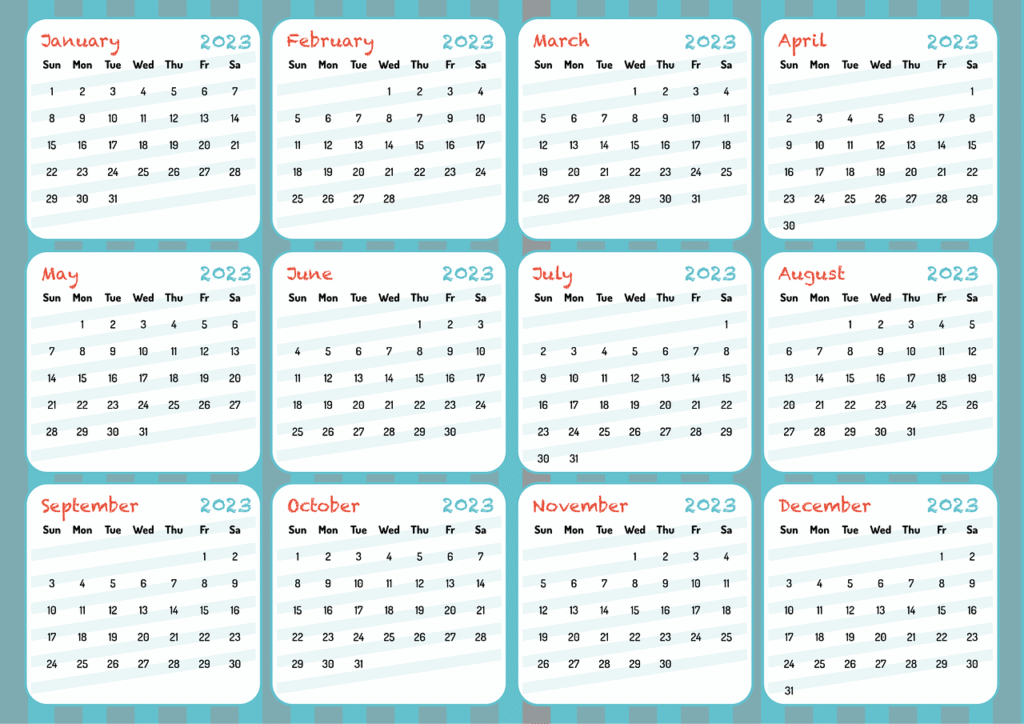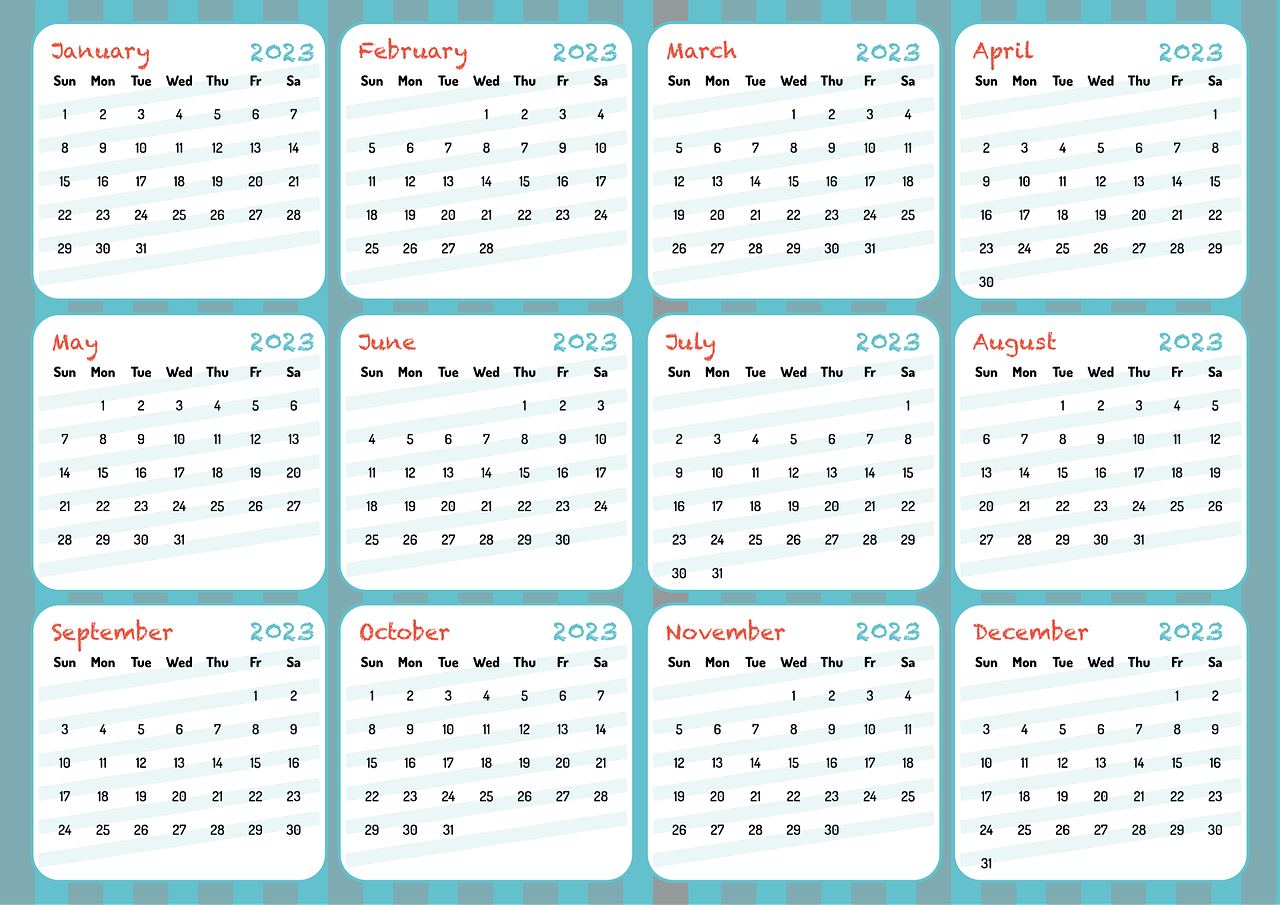How do you envision your retirement, and are you curious about how long $1 million might last during those golden years? This is a question many people ponder as they begin to plan for life after a career. Understanding how to make this nest egg stretch over time can provide a sense of confidence and security. Let’s take a friendly stroll through the factors you need to consider for maintaining a comfortable lifestyle long into retirement.
Understanding Your Retirement Needs
When you’re planning for retirement, one of the first steps is clearly defining what your needs and goals are. Your lifestyle, spending habits, health care needs, and any unexpected expenditures all play a significant role in how far your savings will take you. Deciding on a sustainable withdrawal rate is crucial, too. But don’t worry—we’ll break it down step by step.
Lifestyle Choices
Your lifestyle choices are perhaps the most significant determinant of how long your $1 million will last. Do you yearn for regular travel, or is a quiet life at home more your style? Are you planning to support your family financially or donate to charities? Each choice has a financial implication, and being clear about your priorities will help you plan better.
Health and Longevity
It’s impossible to predict your exact lifespan, but considering health and longevity is essential in retirement planning. Do you have a family history of long life spans? Then you might need to stretch your funds over several decades. Alternatively, if there are health concerns, you might face higher medical expenses. It’s wise to budget for both possibilities.
Inflation and Economic Factors
The value of money changes over time due to inflation and other economic factors, which can significantly impact your retirement savings. Keeping an eye on inflation trends and adjusting your plans accordingly ensures that you can maintain your purchasing power and continue to afford the lifestyle you’ve planned.
Calculating a Sustainable Withdrawal Rate
The withdrawal rate is how much you take out of your retirement savings each year to cover your expenses. Finding a sustainable rate is key to making your savings last.
The 4% Rule
A popular guideline in retirement planning is the 4% rule. Initially, you withdraw 4% of your savings in your first year of retirement, adjusting in subsequent years for inflation. This method aims to provide income for 30 years, which is a typical retirement length. Does this sound sustainable for your situation, or do you need adjustments?
Personalizing Your Withdrawal Strategy
While the 4% rule offers a starting point, it’s essential to tailor this strategy to fit your situation. One size doesn’t fit all! You might decide on a slightly higher or lower withdrawal rate based on your life expectancy, investment performance, or unique expenses. Also, staying flexible and adjusting your withdrawal rate as circumstances change can help extend your nest egg.

Considering Different Investment Strategies
How your money is invested during retirement can have a significant impact on its longevity. There are a variety of strategies you can employ, each with different levels of risk and reward.
Diversification and Risk Management
Ensuring that your investments are diversified can help manage risk and potentially improve your returns. You might invest in a mix of stocks, bonds, and other vehicles to balance growth potential with income stability. Are you comfortable with higher-risk investments for potentially higher returns, or do you prefer a safe and steady approach?
Working with a Financial Advisor
Some people find value in working with a financial advisor to manage investments effectively during retirement. An advisor can help align your investment strategy with your risk tolerance and retirement goals, helping to maximize the lifespan of your savings. Is enlisting a professional something you’d consider to gain peace of mind?
Budgeting and Expense Management in Retirement
Creating and sticking to a realistic budget is crucial in retirement. Monitoring your expenses and making adjustments as needed ensures that your savings last.
Assessing Fixed and Variable Expenses
Start by categorizing your expenses into fixed (essential) and variable (discretionary) costs. Fixed expenses include housing, healthcare, and utilities, while variable expenses might encompass travel, hobbies, and entertainment. By identifying which expenses are needs versus wants, you’ll have more control over your budget.
Planning for Unexpected Costs
Unexpected expenses are all too common, whether they arise from medical emergencies, home repairs, or economic shifts. Having a buffer or emergency fund can help manage these costs without derailing your entire retirement plan.

Adjusting Your Plan Over Time
Life is unpredictable, and your retirement plan should be flexible. Regularly reviewing and adjusting your plan will help you stay on track.
Responding to Changing Circumstances
Changes in your personal life, health, or the economy may require you to reassess your situation. Maybe you’ll decide to downsize your home to supplement your income, or perhaps you’ll encounter new medical expenses that were unexpected. Vigilant monitoring allows you to adapt accordingly.
Longevity and Legacy Planning
As you advance in age, consider the legacy you wish to leave behind. If ensuring a financial gift for family or charity is important to you, plan for how this will affect your withdrawal strategy and savings.
Real-Life Scenarios and their Impact
To better visualize how $1 million might stretch in different scenarios, let’s look at a few examples considering diverse lifestyle choices, health situations, and economic environments.
| Scenario | Description | Projected Longevity of $1 Million |
|---|---|---|
| Frugal Living | Minimal lifestyle expenses, limited travel | 30+ years |
| Moderate Lifestyle | Balanced spending on essentials and occasional travel | Around 25 years |
| Expansive Lifestyle | Frequent travel, luxury expenses | Less than 20 years |
| High Medical Costs | Substantial health-related expenditures | Varies significantly |
| Inflation-Driven | Higher than expected inflation | Can reduce longevity |

This image is property of pixabay.com.
Final Thoughts: Tailoring Your Plan
Creating a personalized plan for your retirement is a complex but rewarding process. Your unique blend of lifestyle, financial decisions, and life expectancy will determine how your $1 million will last. Consistent evaluation and adaptation of your plan are crucial to ensuring peace of mind and financial stability throughout your retirement years.
